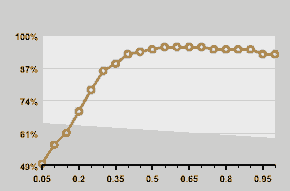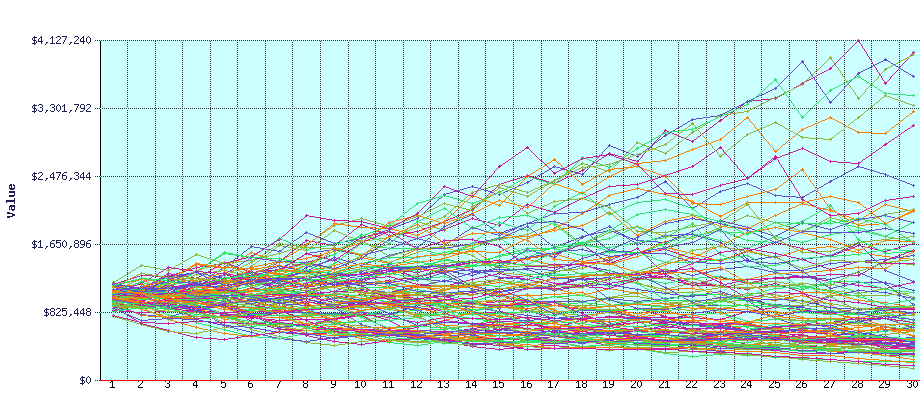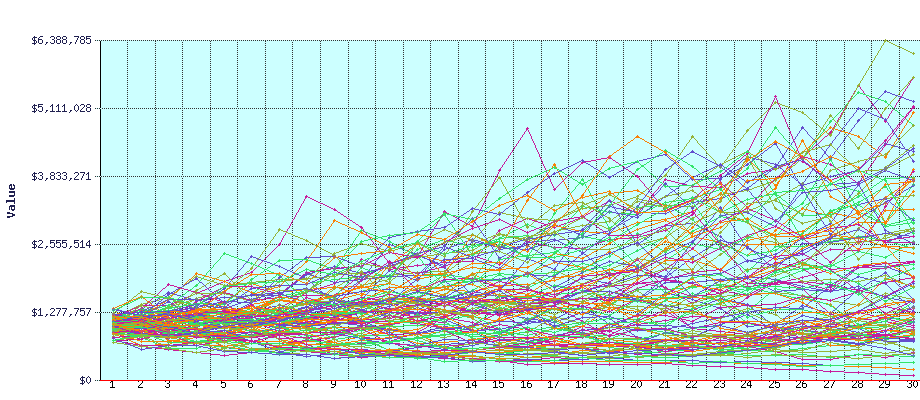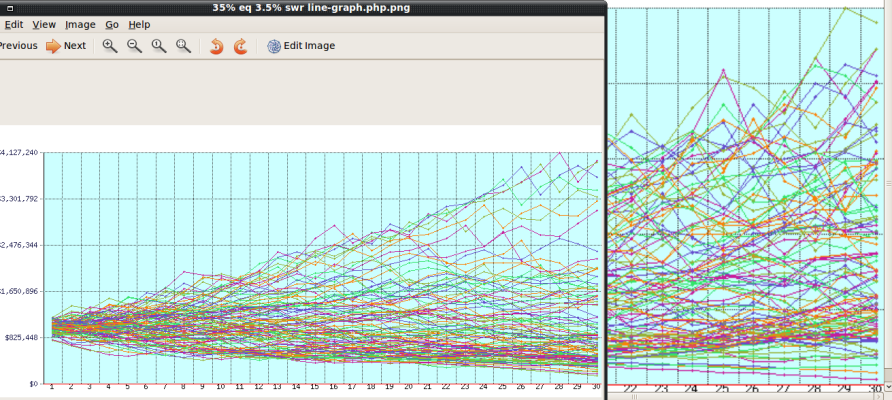haha
Give me a museum and I'll fill it. (Picasso) Give me a forum ...
Often people say, (challengingly) "Do you expect something worse than the great depression?" This reflects a lack of understanding, or a bald attempt at manipulation. True that the 1929-193x depression was bad, but perhaps not the worst conditions for portfolio survival. Deflation rather than inflation for one. Deflation has some real advantages for well fixed retirees.
The truth is, no one in the '30s and no one today can know what to expect. The 30s gave us one spin of the wheel on the conditions of the 30s. There might have been a whole universe of alternate spins, even given the same antecedent conditions.
I will say that this board has gotten a lot more circumspect over the years. Fewer people blandly quote possibly meaningless statistics and past histories that will never recur the same way, while urging other people to make possibly rash decisions.
Ha
The truth is, no one in the '30s and no one today can know what to expect. The 30s gave us one spin of the wheel on the conditions of the 30s. There might have been a whole universe of alternate spins, even given the same antecedent conditions.
I will say that this board has gotten a lot more circumspect over the years. Fewer people blandly quote possibly meaningless statistics and past histories that will never recur the same way, while urging other people to make possibly rash decisions.
Ha





